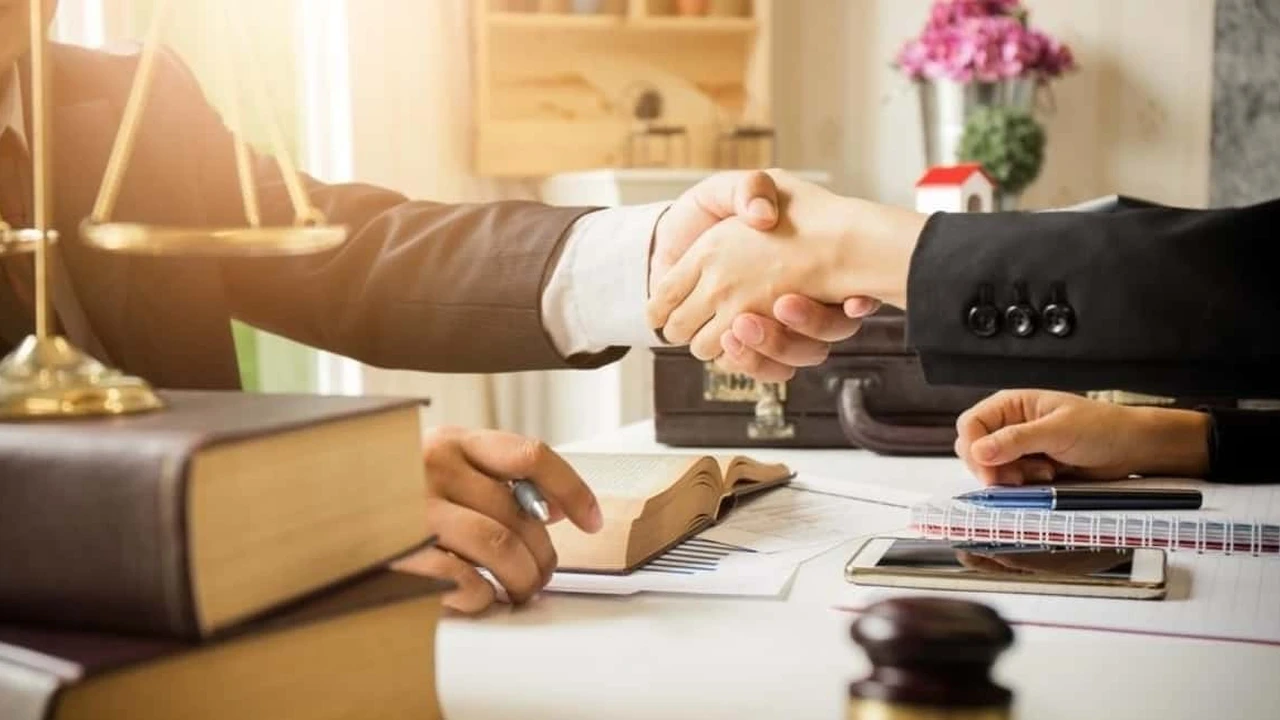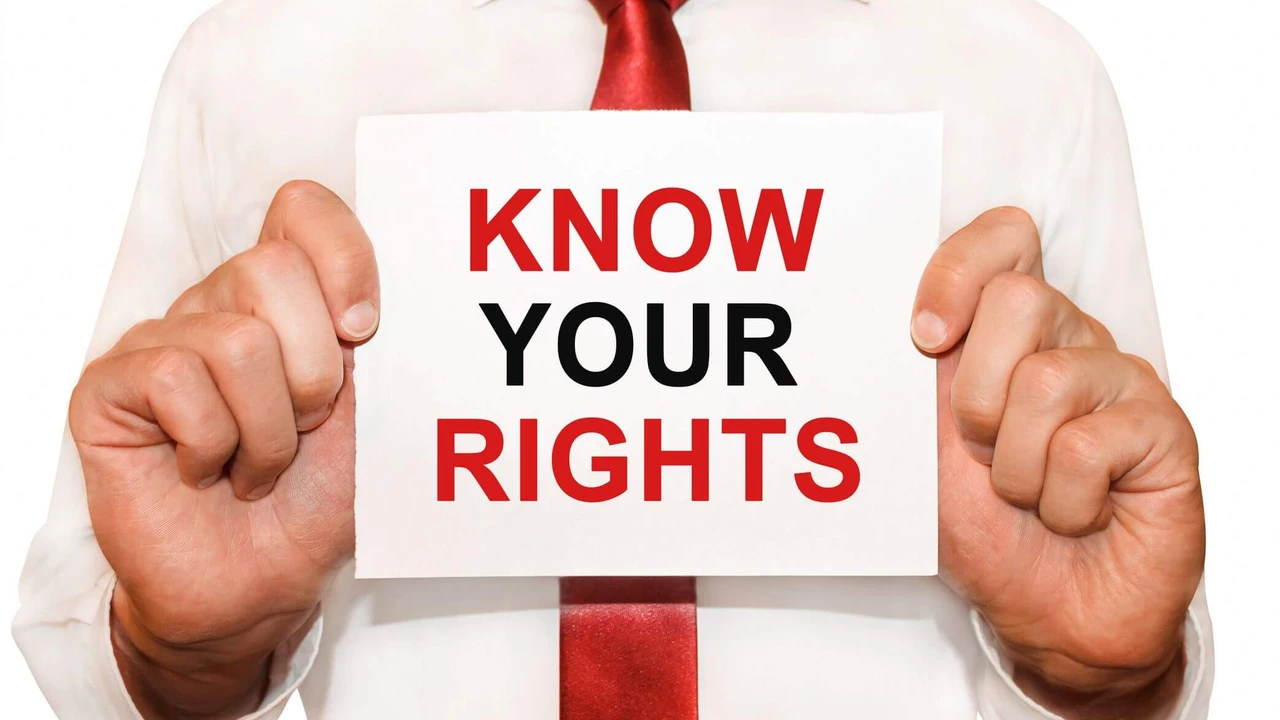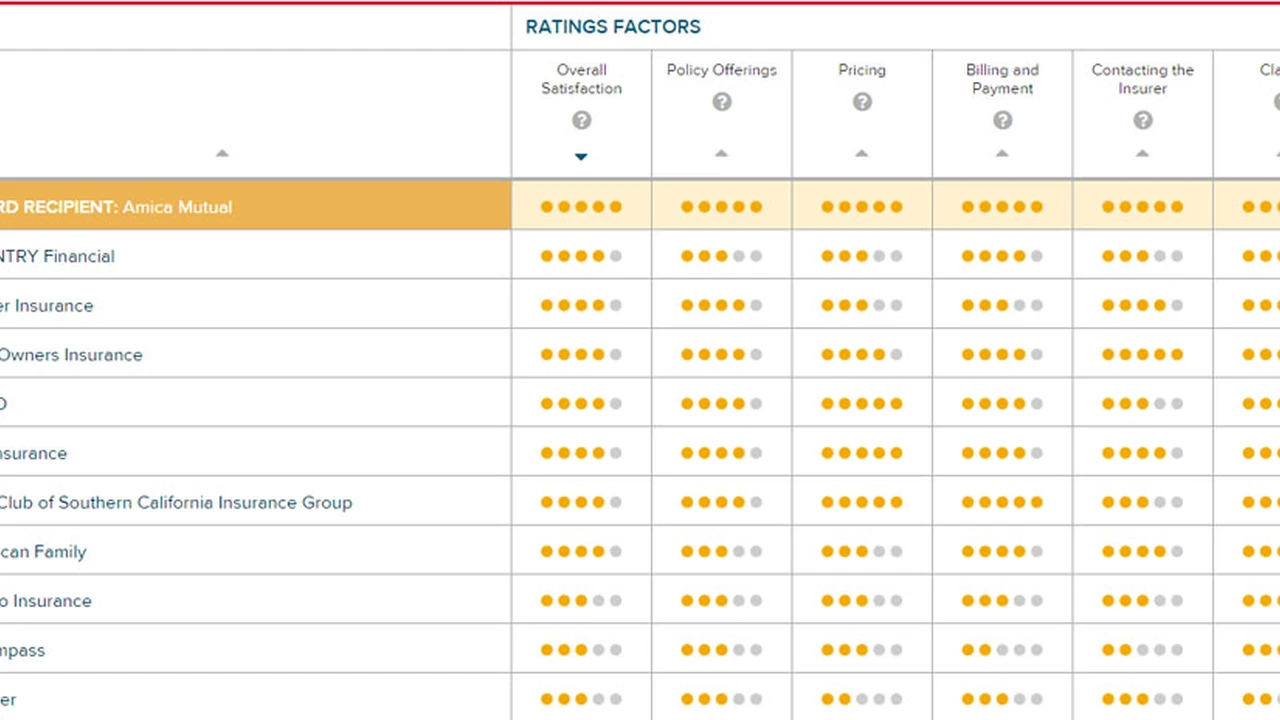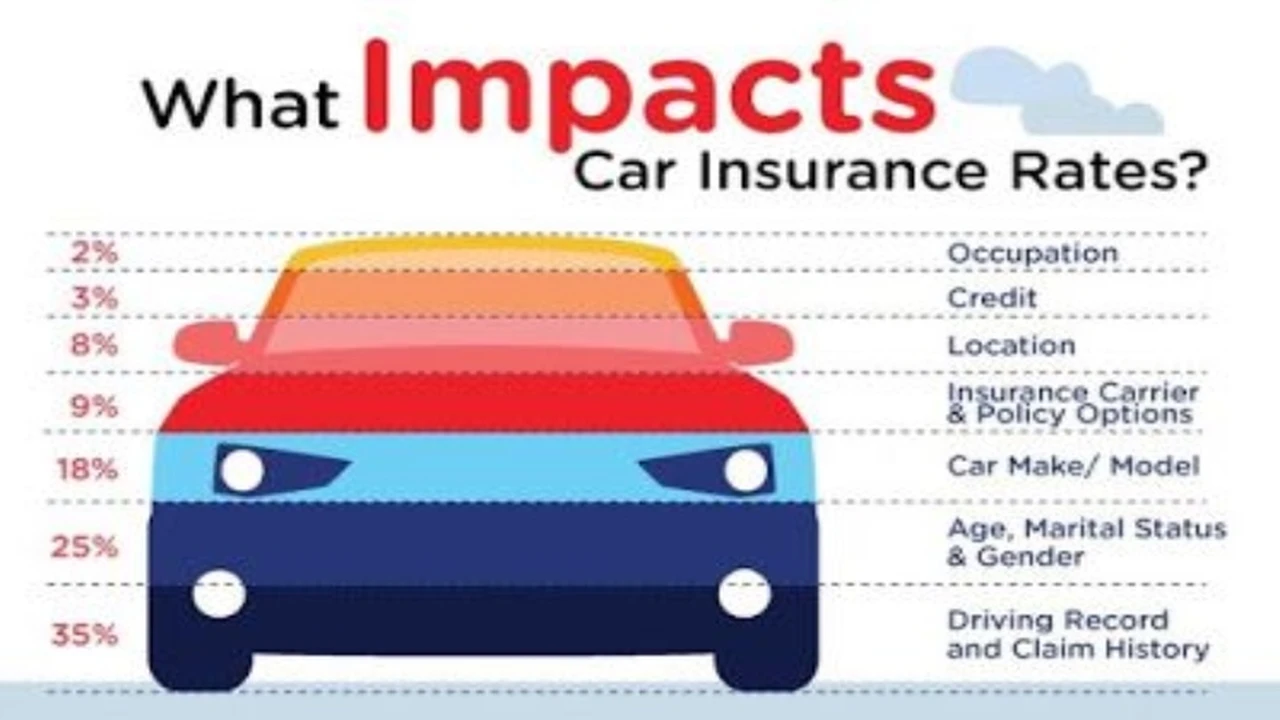Understanding the Claims Process for Different Types of Accidents
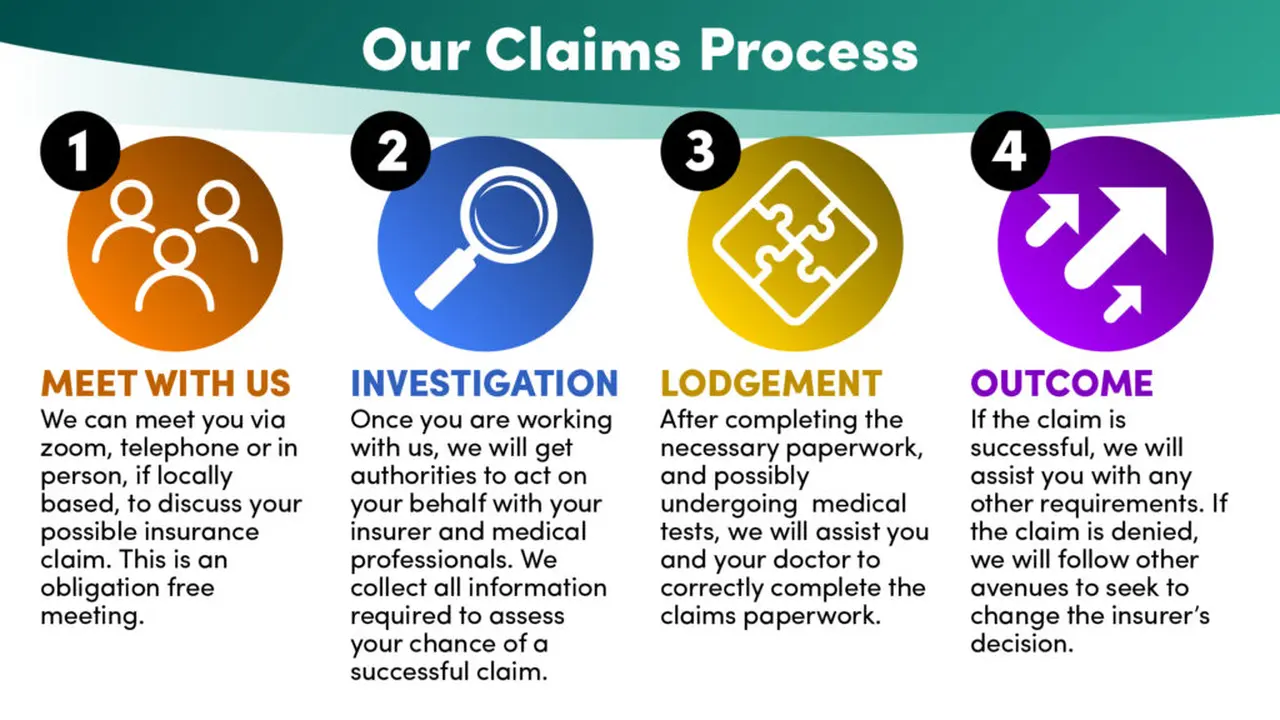
Navigating the Aftermath Car Accident Claims Process Overview
Okay, so you've been in an accident. Not fun, right? First things first, make sure everyone's okay. Seriously, that's the most important thing. Once the dust settles, you're gonna have to deal with the insurance claim. This guide walks you through the process, especially for different types of accidents. Think of it as your accident claims process cheat sheet.
Fender Bender Frenzy Minor Collision Claims Explained
Alright, so you've had a minor scrape. Maybe it's a parking lot mishap or a slow-speed rear-ender. These are usually the easiest to deal with. Document everything! Take pictures of the damage to both vehicles, the location, and any relevant details like street signs or traffic signals. Exchange insurance information with the other driver. Report the accident to your insurance company, even if you don't think you'll need to file a claim. They'll advise you on the next steps. Get an estimate for the repairs. If the damage is minimal and the other driver is clearly at fault, you might consider settling directly with them to avoid a claim on your record. But be careful and get it in writing! A release of liability is a must.
Rear End Collision Realities What To Expect
Rear-end collisions are pretty common, and usually, the driver who rear-ended the other car is at fault. However, there are exceptions. For example, if the lead car stopped suddenly for no apparent reason. Again, gather all the evidence you can. Take pictures of the scene, exchange information, and file a police report if necessary. Your insurance company will investigate to determine fault. If you're the one who was rear-ended, make sure to document any injuries, even if they seem minor at first. Whiplash can be a real pain, and it might not show up immediately. Keep track of your medical expenses and lost wages. You'll need this information to support your claim.
Side Impact Smash Understanding T-Bone Accidents
T-bone accidents, also known as side-impact collisions, can be serious. They often happen at intersections when one driver runs a red light or fails to yield. Determining fault can be tricky, especially if there are conflicting accounts. Witness statements are crucial in these cases. If you're involved in a T-bone accident, call the police immediately. They'll create an official accident report, which will be helpful when filing your claim. Also, consult with a lawyer, especially if there are significant injuries or property damage. Side-impact collisions can involve complex legal issues.
Head On Havoc Dealing With Frontal Collisions
Head-on collisions are among the most dangerous types of accidents. They often result in serious injuries or fatalities. These accidents can be caused by drunk driving, distracted driving, or a driver crossing the center line. The claims process for head-on collisions is usually more complicated than for other types of accidents. There may be multiple parties involved, and the insurance companies may dispute liability. It's crucial to seek legal representation if you've been involved in a head-on collision. A lawyer can help you navigate the legal process and protect your rights.
Hit and Run Horrors What to Do After a Hit and Run Accident
Being the victim of a hit and run is incredibly frustrating. The first thing to do is call the police and file a report. Even if you don't have much information about the other vehicle, provide as much detail as possible. Check your own insurance policy to see if you have uninsured motorist coverage. This coverage can help pay for your damages if the at-fault driver is uninsured or cannot be identified. Also, check if you have collision coverage. This will cover the damage to your vehicle, regardless of who was at fault, but you'll have to pay your deductible. If you have any witnesses, get their contact information. They may be able to provide valuable information to the police.
Multi Car Mayhem Navigating Chain Reaction Accidents
Pile-ups or chain-reaction accidents involve multiple vehicles. These accidents can be incredibly chaotic, and determining fault can be a nightmare. The insurance companies will have to investigate to determine who caused the initial collision and how each subsequent vehicle was involved. If you're involved in a multi-car accident, make sure to get the insurance information of all the drivers involved. Take pictures of all the vehicles and the overall scene. Be prepared for a lengthy claims process. It may take some time for the insurance companies to sort out the details and assign liability.
Single Car Situations Understanding Rollover Accidents
Single-car accidents, such as rollovers, often involve driver error, such as speeding or distracted driving. But sometimes road conditions, like potholes or uneven shoulders, can be a factor. In these cases, you'll typically file a claim with your own insurance company under your collision coverage. However, if the accident was caused by a defect in the vehicle, you may have a claim against the manufacturer. If road conditions contributed to the accident, you may have a claim against the municipality responsible for maintaining the roads. Document the road conditions and any other relevant factors that may have contributed to the accident.
Uninsured Adventures Dealing With Uninsured Motorist Claims
Getting hit by an uninsured driver is a real problem. If you have uninsured motorist coverage, you can file a claim with your own insurance company to cover your damages. This coverage typically covers bodily injury and property damage. The claims process is similar to filing a claim against another driver's insurance company. You'll need to provide evidence of your damages, such as medical bills, repair estimates, and lost wages. If you don't have uninsured motorist coverage, you may have to sue the uninsured driver directly. However, this can be difficult if the driver doesn't have any assets.
Underinsured Woes Handling Underinsured Motorist Claims
Underinsured motorist coverage protects you if you're hit by a driver who doesn't have enough insurance to cover your damages. For example, let's say you have $100,000 in medical bills, but the at-fault driver only has $50,000 in coverage. If you have underinsured motorist coverage, your insurance company will pay the difference, up to the limits of your policy. The claims process is similar to filing an uninsured motorist claim. You'll need to provide evidence of your damages and show that the at-fault driver's insurance coverage is insufficient to cover your losses.
Pedestrian Perils Claims Involving Pedestrians
Accidents involving pedestrians are often serious, as pedestrians are particularly vulnerable. If you're a pedestrian who's been hit by a car, you may have a claim against the driver's insurance company. You may also have a claim against your own insurance company, depending on your policy. It's important to seek medical attention immediately after the accident. Document your injuries and keep track of your medical expenses. If possible, gather the names and contact information of any witnesses. Consult with a lawyer to discuss your legal options.
Bicycle Blunders Navigating Claims Involving Cyclists
Similar to pedestrian accidents, accidents involving cyclists can result in serious injuries. Cyclists have the same rights and responsibilities as drivers, but they're often more vulnerable on the road. If you're a cyclist who's been hit by a car, you may have a claim against the driver's insurance company. You may also have a claim against your own insurance company, depending on your policy. Make sure to file a police report and gather evidence at the scene of the accident. Document your injuries and keep track of your medical expenses. Consider consulting with a lawyer who specializes in bicycle accidents.
Motorcycle Mishaps Understanding Motorcycle Accident Claims
Motorcycle accidents can be particularly devastating. Motorcyclists are at a higher risk of serious injury or death in a crash. If you're a motorcyclist who's been involved in an accident, it's important to seek medical attention immediately. Document your injuries and keep track of your medical expenses. File a police report and gather evidence at the scene of the accident. Insurance companies may try to blame the motorcyclist for the accident, so it's important to have strong evidence to support your claim. Consulting with a lawyer who specializes in motorcycle accidents is highly recommended.
Commercial Conflicts Dealing With Truck Accident Claims
Accidents involving commercial trucks can be complex due to the involvement of multiple parties, such as the truck driver, the trucking company, and the owner of the cargo. Federal regulations govern the trucking industry, and violations of these regulations can be a factor in determining liability. It's crucial to investigate the truck driver's qualifications, the truck's maintenance records, and the trucking company's safety record. A lawyer who specializes in truck accidents can help you navigate the complex legal issues involved in these cases.
Weather Woes Claims Related to Weather Conditions
Sometimes accidents happen because of bad weather, like icy roads or heavy rain. Figuring out who's at fault can be tricky. Usually, you'll file a claim with your own insurance if the weather was a major factor. But, if someone was driving recklessly in bad weather, they might be held responsible. It's all about proving who was being careless. Gather as much evidence as you can about the weather conditions and the other driver's actions. A dashcam can be a lifesaver in situations like this.
Product Recommendations and Comparisons for Accident Preparedness
Alright, let's talk about some gadgets and services that can make dealing with accidents a little less stressful. Being prepared can save you a lot of headaches down the road.
Dash Cams Your Silent Witness H2
A dash cam is like having a permanent witness in your car. It records everything that happens while you're driving, which can be invaluable in proving fault in an accident. Here are a few options:
- Vantrue N4 Pro 3 Channel Dash Cam: This is a high-end option that records in 4K and has front, rear, and interior cameras. It's great for Uber/Lyft drivers or anyone who wants comprehensive coverage. Expect to pay around $300. Its strengths are the triple recording and high video quality. Weaknesses include a higher price point and can be complex to set up. Best for professional drivers or those who want top-tier security.
- Garmin Dash Cam Mini 2: A compact and discreet option that still offers excellent video quality. It's easy to install and use, and it automatically saves footage in the event of an accident. Priced around $130. Strengths include its tiny size and ease of use. Weaknesses are fewer features than pricier models. Best for everyday drivers who want basic coverage.
- Rexing V1 Basic Dash Cam: A budget-friendly option that provides decent video quality and reliable performance. It's a great choice for first-time dash cam users. You can find it for around $60. Strengths are affordability and simplicity. Weaknesses include lower video quality than premium options. Best for budget-conscious drivers.
Emergency Roadside Assistance Peace of Mind on Wheels H2
Breaking down or having a flat tire can be a real hassle, especially if you're stranded on the side of the road. Roadside assistance services can provide help when you need it most.
- AAA (American Automobile Association): A classic option that offers a wide range of services, including towing, jump starts, flat tire changes, and fuel delivery. Membership prices vary depending on the level of coverage you choose, but expect to pay between $60 and $150 per year. Strengths include a wide network of service providers and comprehensive coverage. Weaknesses include potentially long wait times during peak hours. Best for frequent drivers who want reliable roadside assistance.
- BetterRoads: This app-based service connects you with local roadside assistance providers. You only pay for the services you use, which can be more cost-effective than a traditional membership. Prices vary depending on the service you need, but you can typically expect to pay around $80-$120 for a tow. Strengths include pay-per-use pricing and quick response times. Weaknesses include service availability may vary depending on your location. Best for occasional drivers who want on-demand roadside assistance.
- Your Auto Insurance: Many auto insurance companies offer roadside assistance as an add-on to your policy. This can be a convenient and affordable option. Check with your insurance company to see what they offer. Prices vary depending on your insurer, but it's usually cheaper than a standalone membership. Strengths include convenience and affordability. Weaknesses include coverage may be limited. Best for drivers who already have auto insurance.
First Aid Kits Be Prepared for Minor Injuries H2
A well-stocked first aid kit is essential for dealing with minor injuries at the scene of an accident. Make sure your kit includes bandages, antiseptic wipes, pain relievers, and other essentials.
- First Aid Only All-Purpose First Aid Kit: A comprehensive kit that includes everything you need to treat minor cuts, scrapes, and burns. It's a great option for families or anyone who wants to be prepared for a wide range of injuries. Costs around $20. Strengths include comprehensive contents and affordability. Weaknesses include may be too bulky for some. Best for families and those who want comprehensive first aid supplies.
- Johnson & Johnson All-Purpose Portable Compact First Aid Kit: A compact and portable kit that's perfect for keeping in your car. It includes the essentials for treating minor injuries, and it's small enough to fit in your glove compartment. Costs around $10. Strengths include compact size and affordability. Weaknesses include fewer contents than larger kits. Best for those who want a basic first aid kit for their car.
- DeftGet 163 Pieces First Aid Kit: A more advanced kit with a wider range of supplies, including a CPR mask and a trauma shear. It's a good choice for those who want to be prepared for more serious injuries. Costs around $30. Strengths include a wide range of supplies and advanced features. Weaknesses include may be overkill for some. Best for those who want a more comprehensive first aid kit.
Accident Checklist Apps Stay Organized in a Crisis H2
When you're in an accident, it's easy to get flustered and forget important steps. An accident checklist app can help you stay organized and ensure that you gather all the necessary information.
- Car Accident Report App: This app provides a step-by-step guide to collecting information at the scene of an accident. It includes features for taking photos, recording audio, and creating a detailed accident report. Free and paid versions available. Strengths include detailed checklists and photo/audio recording. Weaknesses include reliance on smartphone battery. Best for those who want a structured guide to collecting accident information.
- iWrecked: Another popular accident checklist app that helps you gather information and document the accident scene. It also includes features for finding nearby repair shops and contacting your insurance company. Free and paid versions available. Strengths include insurance company contact and repair shop finder. Weaknesses include some features require a paid subscription. Best for those who want a comprehensive accident management app.
- Pocket First Aid & CPR: While not specifically for accident checklists, this app provides valuable information on first aid and CPR, which can be helpful in the event of an injury. Free and paid versions available. Strengths include life-saving first aid information. Weaknesses include not specifically designed for accident checklists. Best for those who want to be prepared for medical emergencies.
:max_bytes(150000):strip_icc()/277019-baked-pork-chops-with-cream-of-mushroom-soup-DDMFS-beauty-4x3-BG-7505-5762b731cf30447d9cbbbbbf387beafa.jpg)



